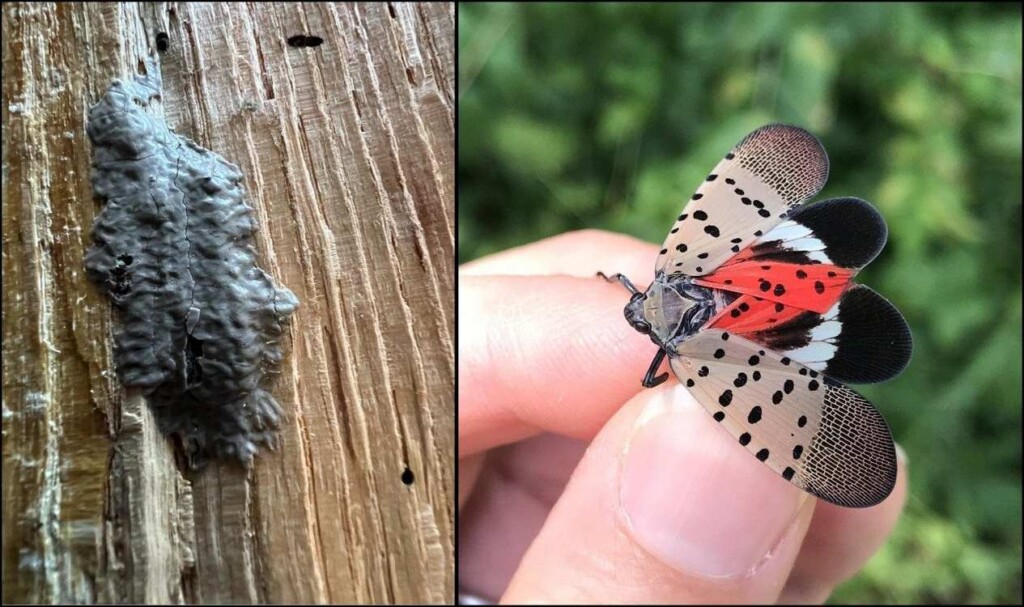
A real-world trial at Virginia Tech has shown that ordinary dogs and their owners can help combat a major invasive insect species from taking hold in their communities.
The spotted lanternfly, native to Asia, was first detected in Pennsylvania in 2014. Since then, it’s spread rapidly to 18 states, laying its eggs on trees, stone, lumber, and even cars and trailers, where it can hitch a ride to a new home.
Catching the bug early is key—but finding its egg masses is no easy task. That’s where your dog comes in.
With a sense of smell that’s tens of thousands of times more acute than a human’s, dogs can be trained to sniff out spotted lanternfly egg masses without disturbing the environment.
“They often resemble mud smears or lichens and are tucked into bark crevices, cracks, or hidden undersides,” said Mizuho Nita, a plant pathologist at Virginia Tech who co-authored the results of the field study. “Finding them is like searching for a needle in a haystack.”
Previous research has shown that professional conservation detection dogs can find them quite often. But professional dogs are expensive, and there aren’t nearly enough of them to cover the growing threat.
That’s where Sally Dickinson, the lead author on the study who recently obtained her Ph.D. from Virginia Tech’s College of Agriculture and Life Sciences, thought that they might be able to enlist the help of citizen scientists.

“With proper training, dog owners can turn their pets into powerful partners for conservation,” Dickinson said.
Many dog owners participate in sporting scent games—teaching their dogs to track different scents and having sort of scavenger hunts to enrich their companions’ lives. Even if the breed isn’t bred specifically for following scent trails, most dogs can do it.
182 human-dog teams from across the US were selected and given devitalized, that is, non-hatching lanternfly egg masses, as training aids. Participants trained their dogs at home or in small groups, with oversight from a designated local trainer.
After several months of training, the dogs were put to the test in two environments—one indoor and one outdoor. In the controlled indoor environment, dogs had to complete an odor recognition test, identifying the box with the spotted lanternfly egg mass from among multiple boxes with other items and scents.
GREAT STUDIES FROM VA TECH: Plastic Waste Can Now be Turned into Soap Thanks to Eureka Moment from Virginia Tech
Those that passed the odor recognition test advanced to a field test, where they had to find the scent in an outdoor environment with competing smells.
The participant dogs correctly identified the egg masses 82% of the time in the controlled test and 61% in the real-world test. This was still better than rates of success for human-only searches. Of the dogs that passed both tests, 92% were successful in finding live egg masses with minimal extra training.
MORE NEWS LIKE THIS: High School Student Invents an A.I. Powered Trap That Zaps Invasive Lanternflies
“These teams demonstrated that citizen scientists and their dogs can play a meaningful role in protecting agriculture and the environment from invasive species,” said Sally Dickinson, the study’s lead author.
In vineyards, orchard—arable acreage of all sorts—the lanternfly is devastating crops and yields. Any resistance is better than no resistance, and if that means keeping your dog alert and ready to sniff out the invader on a walk through the park or forest, it could make the difference between your local farmer making a profit or making a loss this harvest season.
SHARE This Brilliant Citizen Science Initiative To Help Defend Our Farms…
